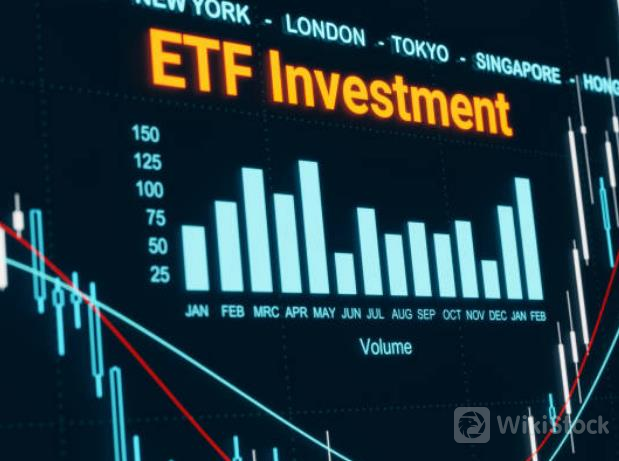Cross-border ETF turnover rate reaches 500%, and major funds flow into semiconductors
On the morning of January 10, the main stock indexes fluctuated downward. The Shanghai Composite Index fell 0.39%, falling below 3,200 points; the Shenzhen Component Index fell 0.65%, and the ChiNext Index fell 0.5%. The market turnover was 740.03 billion yuan, an increase of about 37.6 billion yuan from yesterday. The Science and Technology Innovation Board performed well, with Science and Technology Innovation 50 and Science and Technology Innovation 100 rising slightly.
The cross-border ETF premium phenomenon is significant.

Image source: Pexels
Cross-border ETFs continue to rise strongly
In the morning session of January 10, many cross-border ETFs continued to rise strongly, with the Saudi ETF (520830), Asia Pacific Select ETF, S&P ETF (159655), and Germany ETF (513030) all rising by more than 5%.
Among them, the turnover rate of 10 cross-border ETFs exceeded 100%, and the turnover rate of Saudi ETF (520830) and Asia Pacific Select ETF exceeded 500% in the early trading. The two ETFs were relatively small in scale, at 310 million yuan and 241 million yuan respectively, but their early trading volume was over 1 billion yuan.
Since the beginning of the year, the phenomenon of cross-border ETF premiums has become increasingly prominent. Four cross-border ETFs, including the S&P Consumer ETF, Saudi Arabia ETF (159329), Germany ETF (159561), and S&P 500 (159612), were suspended today due to excessive premiums. Among the cross-border ETFs that resumed trading at 10:30 today, the latest premium rate of the Asia Pacific Select ETF also exceeded 20%.
Cross-border ETFs adopt the T+0 trading system, which significantly improves their liquidity. However, it may also lead to crazy speculation that ignores the premium.
Nearly 5 billion yuan of main fundsNet inflow into the semiconductor sector
In the morning session, the semiconductor sector opened flat and moved higher, with the industry index rising as high as 3.16% during the session and closing up 1.13% at noon. In the morning session, the sector received a net inflow of 4.77 billion yuan from major funds, among which Changdian Technology hit the daily limit during the session, with a net inflow of 2.125 billion yuan from major funds.
Since 2024, the global semiconductor market has fully recovered. According to data from the Semiconductor Industry Association (SIA), global semiconductor sales reached US$57.8 billion in November 2024, setting a new record, a year-on-year increase of 20.7% and a month-on-month increase of 1.6%. Driven by demand in the fields of artificial intelligence, automobiles, and AI new infrastructure, the semiconductor industry is expected to continue its growth momentum.
Guosen Securities Research Report believes that the semiconductor industry will still be experiencing double-digit growth in 2025, benefiting all links in the industrial chain. With stable mass production and improved yields of domestic production lines, domestic mature process semiconductors have certain cost advantages, and the share of high-quality and low-cost domestic semiconductors will continue to increase.
How do you position yourself in the silver economy?
Cross-border ETF turnover rate reaches 500%, and major funds flow into semiconductors
Why is the oil rally heating up in the new year?
Precious metals rise, how to allocate in the medium and long term
Check whenever you want
WikiStock APP
